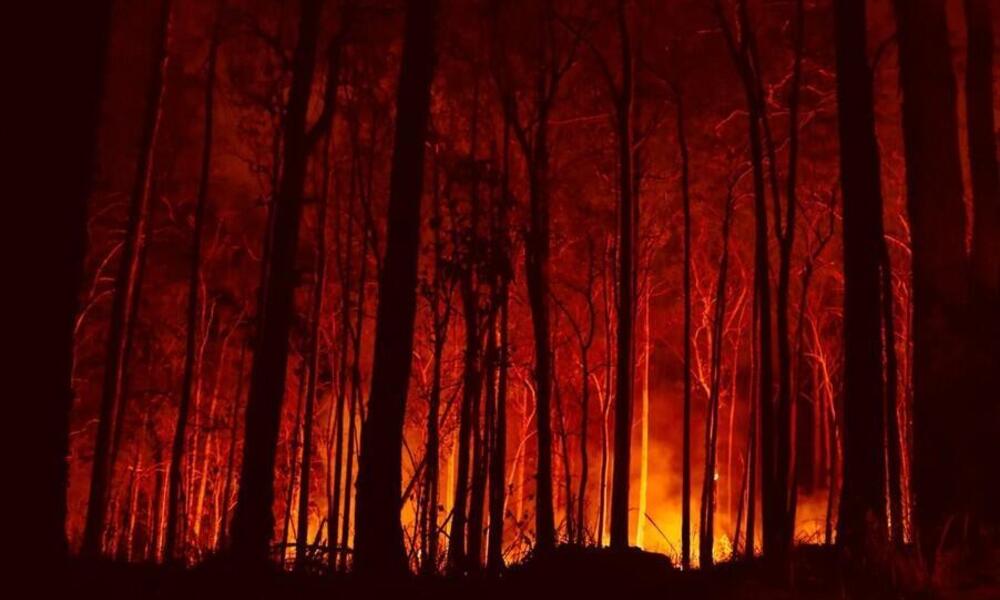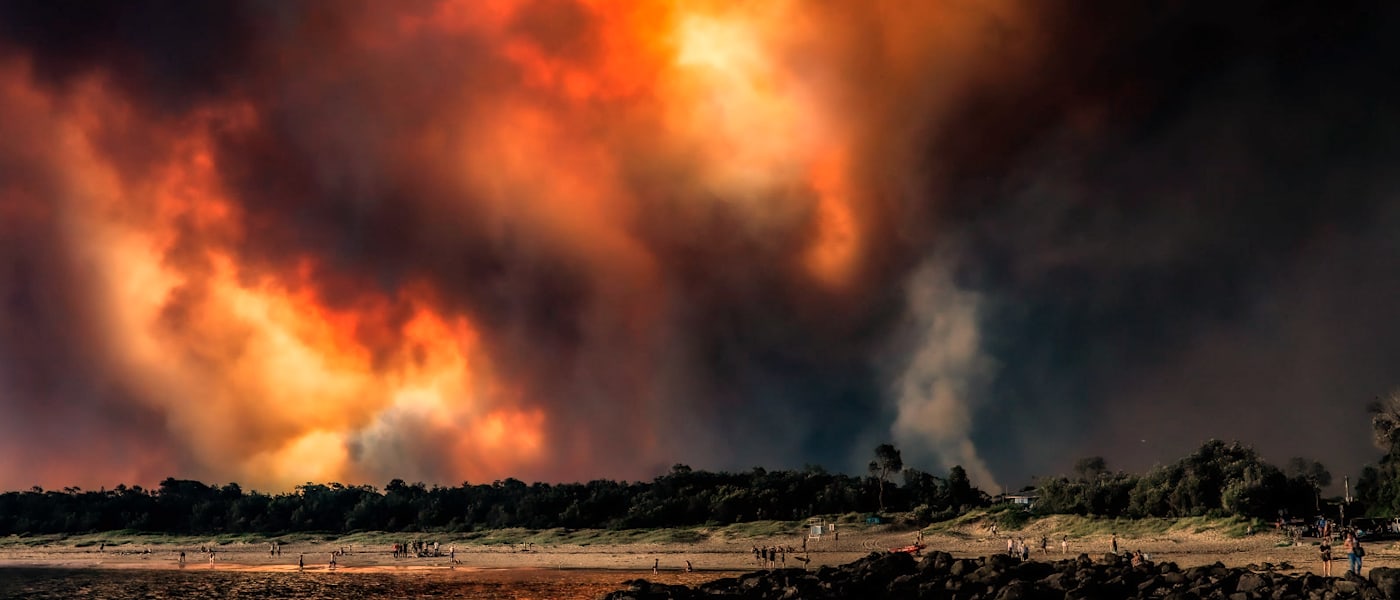Bushfire Risk Assessment Demystified: Just How to Translate and Act Upon Your Results
Wiki Article
Crucial Tips for Bushfire Administration to Ensure Fire Security

Recognizing Bushfire Threat Degrees
Comprehending the differing levels of bushfire risk is necessary for reliable preparation and preparation in mitigating prospective risks to homes and lives. Bushfire danger levels are commonly categorized based on variables such as climate conditions, fuel schedule, topography, and historic fire habits. By comprehending these danger people, degrees and areas can proactively implement approaches to reduce vulnerability and boost durability when faced with possible bushfire occasions.The very first level of bushfire danger is low risk, where the possibility of a bushfire taking place and creating significant damage is marginal. High-risk degrees represent a significant threat, with problems helpful to rapid fire spread and severe fire habits.
Recognizing these bushfire threat degrees allows stakeholders to tailor their readiness and feedback activities as necessary, making sure a proactive and efficient approach to bushfire administration.
Establishing a Defensible Space
Effective bushfire administration starts with developing a defensible space around properties to enhance defense against prospective fire threats. A defensible room is a buffer area that develops a barrier between a structure and the surrounding flammable greenery. This area acts as an essential line of protection, offering firefighters a risk-free location to operate and aiding to minimize the threat of a fire spreading to the property.When establishing a defensible room, it is essential to think about the format of the residential or commercial property and the surrounding landscape. Clearing plant life, especially highly combustible plants, within a particular radius of the property can help stop the quick spread of fires. Furthermore, preserving a well-irrigated area around the residential or commercial property can even more enhance its defensibility.
Routine maintenance of the defensible room is important to ensure its performance. This consists of trimming overhanging branches, clearing dead vegetation, and keeping the area cost-free of particles. By spending effort and time into creating and preserving a defensible area, property proprietors can significantly boost their chances of securing their homes and assets throughout a bushfire.
Applying Fireproof Landscape Design
When creating landscapes to mitigate the threat of bushfires, including fireproof aspects is important for enhancing building protection and minimizing fire dangers. Applying fire-resistant landscaping includes strategic planning to create a defensible space around frameworks. Beginning by picking fire-resistant plant varieties that are less likely to fire up and produce lower degrees of combustible products. Select plants with high dampness material, reduced oil web content, and marginal dead greenery to decrease the danger of fire spread. In addition, keep ample spacing between plants and keep them correctly Discover More Here trimmed to avoid fire from conveniently jumping between plants.
Creating an Emergency Situation Emptying Plan
Developing a detailed emergency situation discharge strategy is important for ensuring the safety and security and wellness of people during potential bushfire occurrences (BMP). A reliable emptying plan must detail clear procedures to follow in the event of a bushfire risk, consisting of designated emptying courses, setting up factors, and communication methodsTo start developing an emergency discharge strategy, it is necessary to assess the specific threats and susceptabilities of your place. Recognize several emptying courses explanation that lead to secure areas far from the fire, taking into consideration elements such as terrain, roadway availability, and possible threats. Develop interaction networks to alert homeowners of an impending evacuation, utilizing techniques such as sirens, text signals, or door-to-door notices.
Regularly evaluation and exercise the evacuation plan with all homeowners or neighborhood members to make certain every person comprehends their duties and duties. Conduct drills to examine the effectiveness of the strategy and make any kind of required adjustments. By having a well-prepared discharge strategy in position, you can enhance the opportunities of a organized and risk-free discharge throughout a bushfire emergency.
Maintaining Fire Safety Equipment
After developing find out here now a comprehensive emergency situation discharge plan for bushfire cases, it is critical to prioritize the routine upkeep of fire security equipment to make sure optimum performance and readiness. Routine upkeep of fire safety equipment such as fire extinguishers, smoke alarm, emergency alarm, and lawn sprinkler is vital in safeguarding lives and property during a bushfire. When required., conducting routine assessments, screening, and servicing of these gadgets by certified professionals is important to guarantee they are in working order.Fire extinguishers need to be examined frequently for pressure levels, visible damages, and correct capability. By diligently keeping fire safety and security equipment, individuals can enhance their preparedness and action capabilities in the event of a bushfire.
Conclusion
To conclude, efficient bushfire administration involves comprehending threat levels, developing defensible areas, executing fireproof landscape design, creating emptying strategies, and maintaining fire safety devices. By complying with these vital ideas, people can make sure better fire security and security for their areas and residential or commercial properties. It is important to prioritize proactive steps to mitigate the risks connected with bushfires and to be prepared for emergency situations.By comprehending the subtleties of bushfire danger levels, establishing defensible spaces, applying fireproof landscape design, creating comprehensive emptying strategies, and making sure the maintenance of fire security devices, areas and individuals can substantially strengthen their durability versus the ravages of wildfires - BAL Report. These ideas are not only essential for securing versus immediate fire threats yet also for cultivating long-term fire protection strategies that can make a substantial distinction in the face of escalating bushfire risks
High-risk degrees symbolize a considerable hazard, with conditions helpful to quick fire spread and severe fire behavior. Routine upkeep of fire security tools such as fire extinguishers, smoke detectors, fire alarms, and sprinkler systems is vital in safeguarding lives and home throughout a bushfire.In conclusion, efficient bushfire monitoring involves recognizing threat levels, developing defensible rooms, implementing fire-resistant landscaping, developing emptying plans, and preserving fire safety and security devices.
Report this wiki page